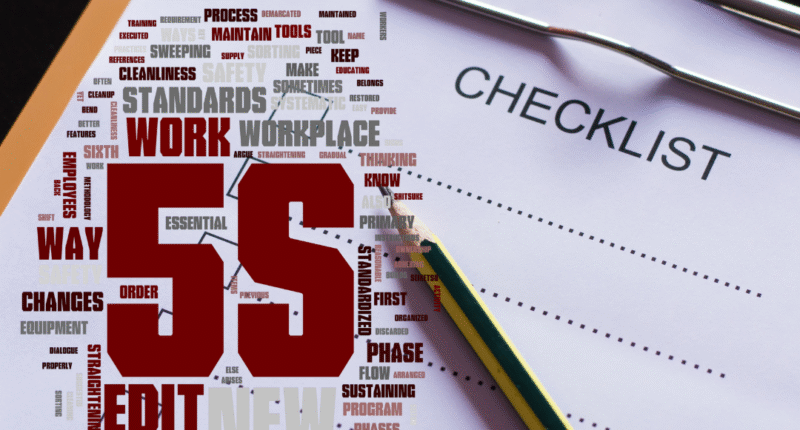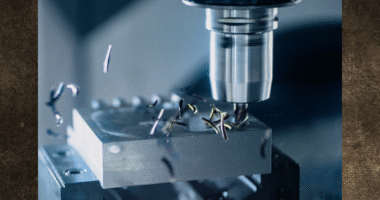A 5S audit checklist is an essential tool for maintaining a clean, organized, and efficient workplace. It ensures that every part of your 5S program — Sort, Set in Order, Shine, Standardize, and Sustain — is consistently followed and improved over time.
Whether you’re in manufacturing, warehousing, or an office environment, using a structured 5S audit checklist helps identify gaps, recognize progress, and build a culture of continuous improvement.
Let’s explore what an effective 5S audit checklist includes, step-by-step, with simple real-life examples.
1. Sort (Seiri) – Remove What’s Not Needed
The first step in any 5S audit is to evaluate how well unnecessary items have been removed from the workspace.
A clutter-free area reduces waste, saves time, and improves safety.
Audit Points:
-
Are unneeded materials, tools, or documents removed?
-
Are items used daily easily accessible?
-
Are disposal bins and red-tag areas managed properly?
Example:
At an automotive workshop, a 5S audit revealed unused spare parts stored for months. By sorting and labeling necessary items, the team freed up 30% more storage space and reduced search time for tools.
2. Set in Order (Seiton) – Organize for Efficiency
A well-organized workspace ensures that everything has a designated place and is easy to find.
Audit Points:
-
Are tools and materials labeled and stored systematically?
-
Are frequently used items within reach?
-
Are visual management tools (labels, color codes, floor markings) applied?
Example:
A food packaging plant introduced shadow boards for tools. During the next audit, retrieval time dropped by 25%, and workers consistently returned tools to the correct location.
3. Shine (Seiso) – Clean and Inspect Regularly
Cleanliness is not just about appearance; it’s about preventing equipment failure and ensuring safety.
Audit Points:
-
Are workstations and machines clean and free of dust or spills?
-
Are cleaning responsibilities clearly assigned?
-
Are maintenance issues reported during cleaning?
Example:
In a textile factory, daily cleaning revealed a small oil leak before it caused machine downtime. The audit team added “inspection while cleaning” to their checklist for future prevention.
4. Standardize (Seiketsu) – Maintain Consistency
Standardization ensures that best practices are followed by everyone, every day.
Audit Points:
-
Are visual standards and procedures documented?
-
Are checklists and schedules displayed?
-
Are employees trained on the same standards?
Example:
A warehouse created photo-based cleaning checklists for each area. During audits, supervisors could easily verify compliance, and new staff adapted quickly to the routine.
5. Sustain (Shitsuke) – Build Discipline and Habit
Sustain is the key to long-term success. Without discipline, 5S improvements can fade over time.
Audit Points:
-
Are 5S audits conducted regularly?
-
Are teams motivated to maintain standards?
-
Is 5S integrated into performance reviews or recognition programs?
Example:
An electronics company rewarded the department with the highest 5S score each month. The healthy competition boosted engagement and made 5S a lasting habit.
Conclusion
An effective 5S audit checklist transforms workplace organization from a one-time project into a sustainable system.
By assessing Sort, Set in Order, Shine, Standardize, and Sustain, businesses can maintain efficiency, safety, and quality every day.
Remember: a great 5S audit isn’t about inspection — it’s about continuous improvement and teamwork.








